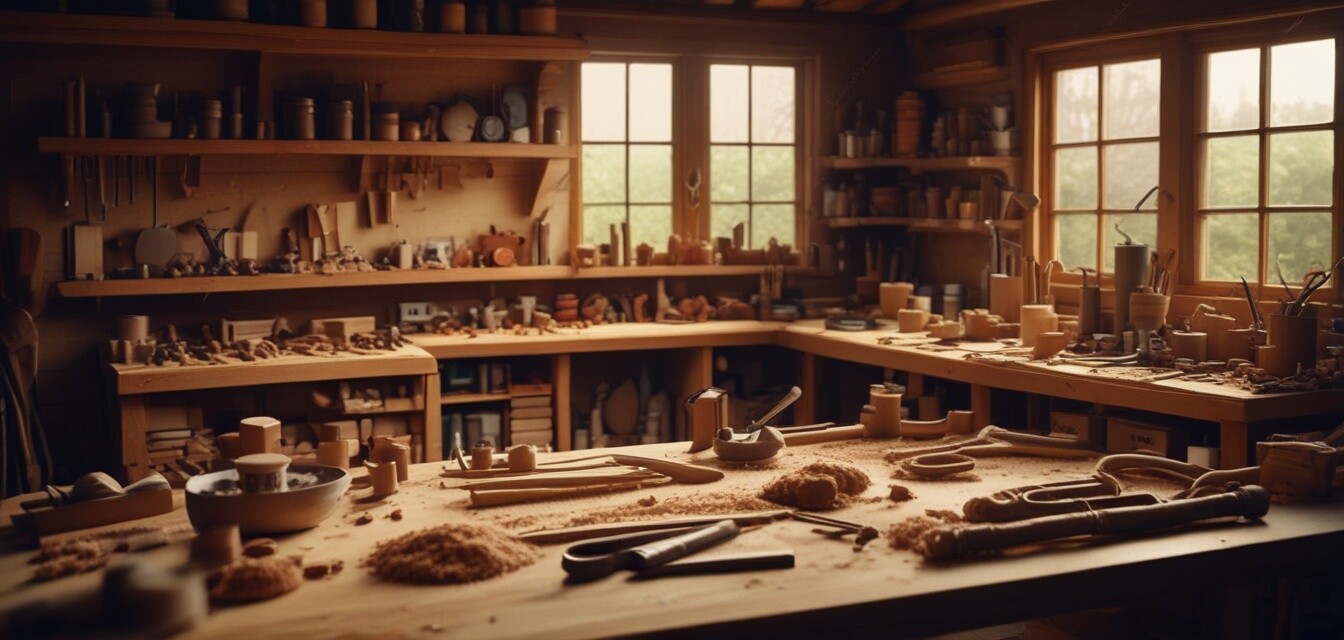
5 Ways to Reduce Waste in Your Woodworking Projects
Woodworking is an art that not only brings beauty into our lives but also has the potential to impact the environment significantly. At NaturalWoodProducts.com, we believe in sustainable practices that help you create beautiful pieces while minimizing waste. Here are five practical tips to reduce waste in your woodworking projects.
Key Takeaways
- Plan projects carefully to minimize material waste.
- Utilize offcuts and scraps creatively.
- Choose sustainable wood sources for your materials.
- Use proper tools and techniques to improve accuracy.
- Implement recycling and responsible disposal of wood products.
1. Plan Your Projects Carefully
One of the most effective ways to reduce waste is through careful planning. Consider the following:
- Draw precise plans and measurements.
- Calculate the total amount of wood needed accurately.
- Consider how pieces will fit together and what dimensions can help avoid offcuts.
2. Utilize Offcuts and Scraps
Offcuts and scraps can be a valuable resource if used wisely. Here are some ideas:
- Make smaller items like coasters or keychains.
- Create jigs or fixtures for future projects.
- Use them for test cuts in new materials.
For more ideas on creative woodworking projects using scraps, check out our Trending Projects.
3. Choose Sustainable Wood Sources
When choosing wood, opt for sustainable sources. Look for:
- Certified sustainable brands.
- Reclaimed wood, which is not only eco-friendly but also adds character to your projects.
- Locally sourced wood to reduce transportation waste.
To learn more about eco-friendly materials, visit our Wood Finishing Products page.
4. Use Proper Tools and Techniques
Having the right tools and using them properly can significantly reduce waste. Consider the following tips:
- Invest in high-quality tools that provide cleaner cuts.
- Learn effective cutting techniques to minimize errors.
- Regularly maintain your tools to ensure their best performance.
Check our guide on Buying Guides for insights on choosing the right tools.
5. Implement Recycling and Disposal Practices
After your project is complete, ensure responsible disposal of any waste materials. Here’s how:
- Recycle wood scraps where possible.
- Compost wood shavings and sawdust if they are untreated.
- Participate in local recycling programs for wood products.
Learn more about sustainable practices on our Sustainable Practices page.
Pros
- Reduces the carbon footprint of your projects.
- Enhances creativity by encouraging the use of available materials.
- Supports a sustainable economy in the woodworking industry.
Cons
- May require extra time for planning and execution.
- Some tools may have a higher initial investment cost.
- Finding local sustainable wood may be more challenging.
Conclusion
Reducing waste in your woodworking projects doesn’t just benefit the environment; it enhances your craftsmanship as well. By implementing careful planning, utilizing offcuts, choosing sustainable materials, and using the right tools, you can create beautiful pieces with minimal environmental impact. Let's embrace sustainability together!
Further Learning
For additional resources on woodworking and sustainability, check out our categories: